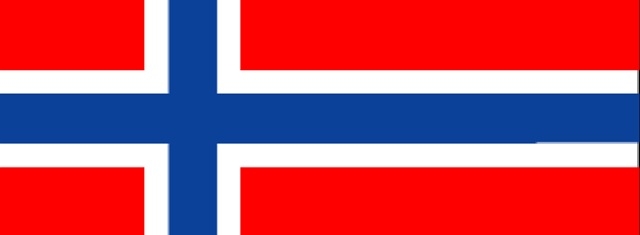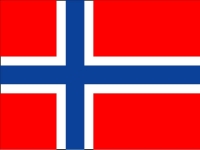Arts
WHEN ARTISTS BELIEVE NAKEDNESS CAN BE CONSIDERED AS CREATIVITY
CREATIVE ARTS FROM NORWAY

NORWEGIAN FLAG
Contemporary art can sometimes seem at odds with a public that does not feel that art and its institutions share its values. A common concern since the early part of the 20th cenury has been the question of what constitutes art. In the contemporary period (1950 to now), the concept of avant-garde may come into play in determining what art is noticed by galleries, museums, and collectors. Propaganda an Entertainment in some circumstances have been regarded as art genres during the contemporary art period.
Hilde KROHN HUSE was stuck for so long that her camera battery went flat and she was only rescued when her cries for help were heard by a friend. She was hanging upside-down from a tree after a bizarre scene she was filming. She was alone in the woods with a her foot caught in a rope noose. Finally her film was chosen for inclusion in a UK-wide exhibition, New Contemporaries. She called a eleven minute-long piece film "hanging in a woods", made on an island in NORWAY called AUKRA, where Miss KROHN HUSE's father grew up.
Olaf KARLSEN is an artist who wanted to organize a flash-mob stunt which backfired after he was left standing in the nude on the beach all by himself. His project was to call on local residents in KVILJOODDEN (NORWAY) to join him in their birthday suits to greet a Norwegian TV station's touring boat. He wanted this "Summer Boat", which is broadcasting what it sees live on NRK as part of its "Slow TV" season, to capture the group in all its natural glory. He even took out an advert in his local newspaper to drum up support. No-one showed up for this "The beach People" project. He felt a bit dejected.
Nakedness Nudity Artist Paris London Oslo Art Travel Flashmob Beach Show Free Scene Dramatic Exhibition Contemporary Film
Liability for this article lies with the author, who also holds the copyright. Editorial content from USPA may be quoted on other websites as long as the quote comprises no more than 5% of the entire text, is marked as such and the source is named (via hyperlink).






